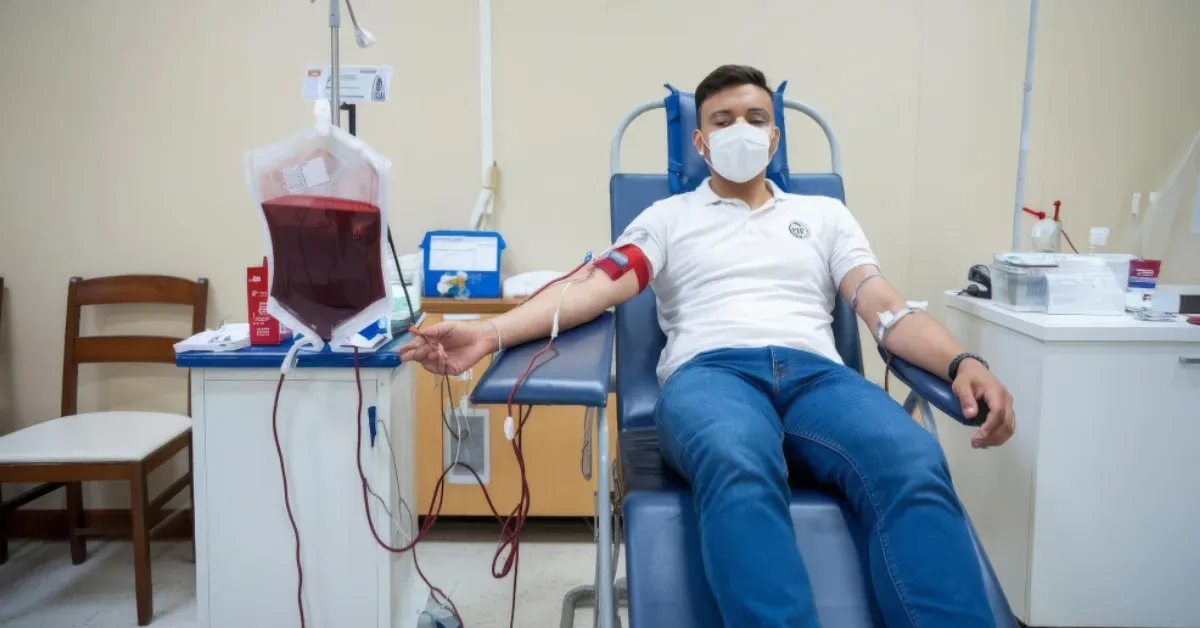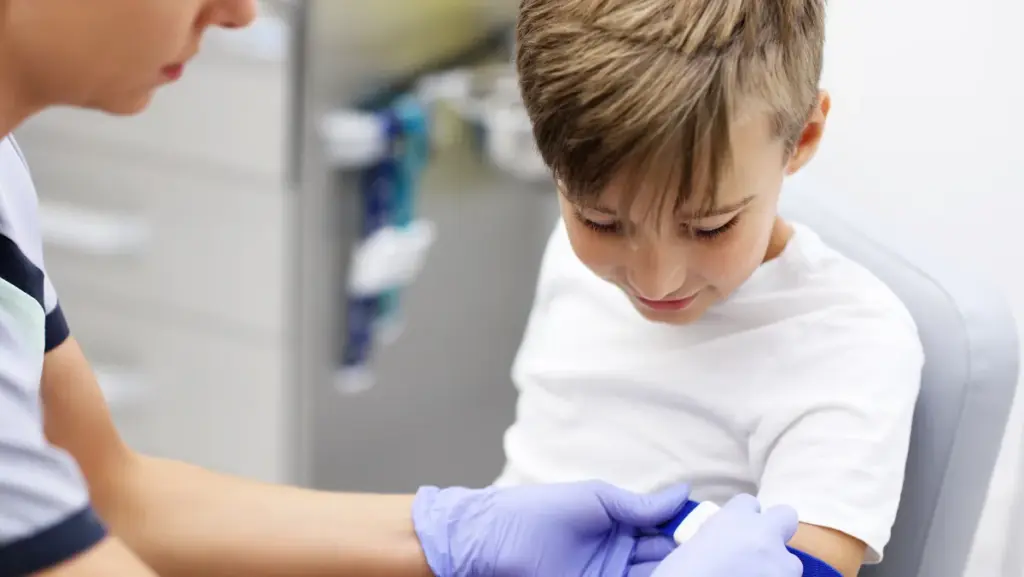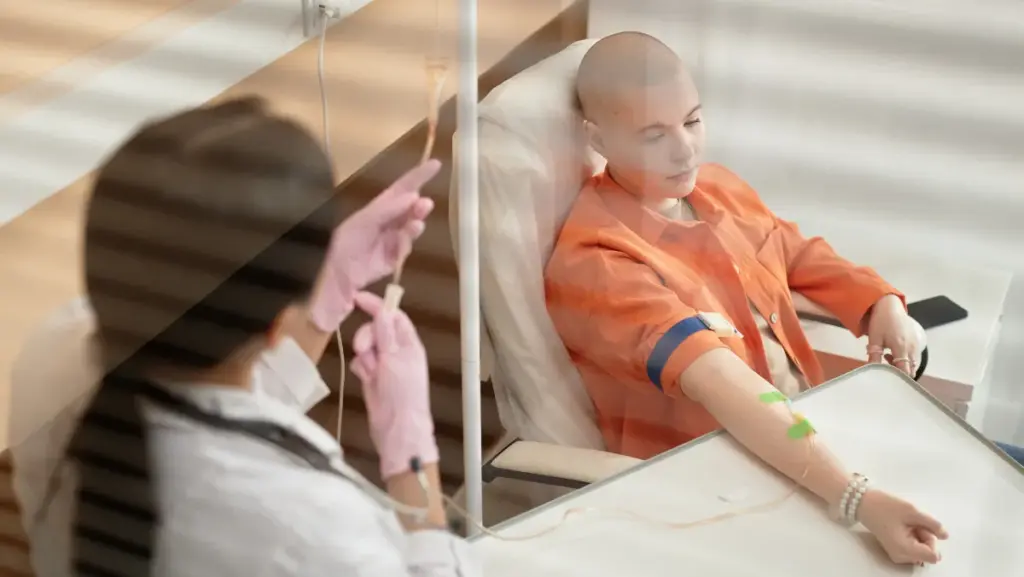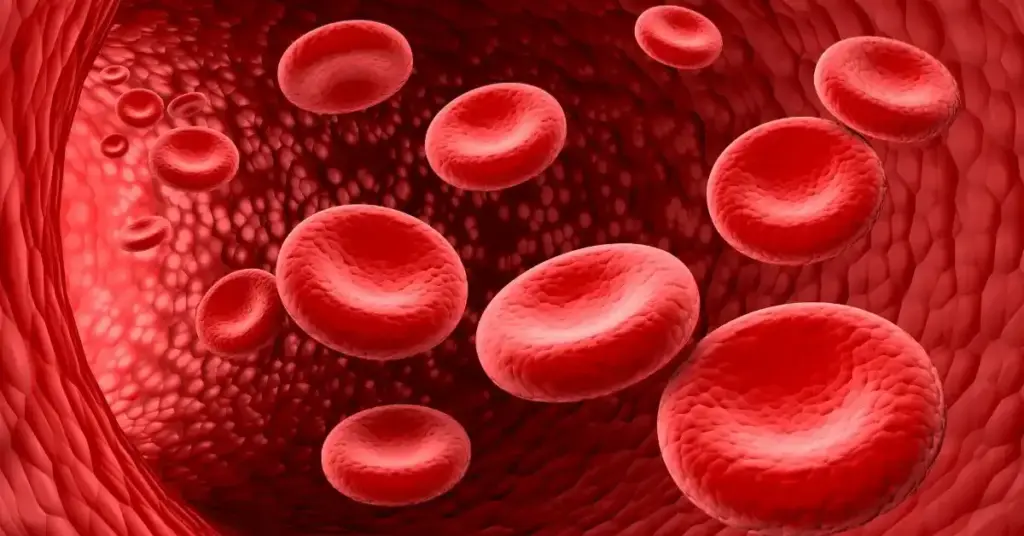
You may notice your child looking more tired than usual, appearing pale, or having yellowish skin and dark urine. These changes can be worrying for any parent. It’s natural to ask, “Why is this happening?” You’re not alone—many families face the same questions. One possible cause is a condition called hemolytic anemia. In this post, we’ll explain what it is, what causes it, how it’s diagnosed, and the Hemolytic anemia treatment options that can help children live full and healthy lives.
Hemolytic anemia is a blood disorder where red blood cells are destroyed faster than the body can replace them. Since red blood cells carry oxygen throughout the body, their loss can make a child feel weak, tired, or short of breath. Unlike other forms of anemia caused by iron deficiency, hemolytic anemia is linked to the breakdown of blood cells, not just low production.
Hemolytic anemia is one of several types of anemia, but it has unique causes. It can be:
Understanding the type is important because it guides the right treatment plan.
Hemolytic anemia may result from:
Children with hemolytic anemia may show signs that can be mistaken for other health problems. Key symptoms include:
Parents often look up “hemolytic anemia symptoms and treatment” when these changes become noticeable.
Doctors use several tests to confirm hemolytic anemia, such as:
Accurate diagnosis is essential for choosing the right Hemolytic anemia treatment.
Treatment depends on the cause and severity of the condition. Options include:
With the right care, children can recover from episodes of hemolytic anemia and return to their regular activities.
Hemolytic anemia can feel overwhelming at first, but modern medicine offers effective ways to manage it. With early diagnosis and proper Hemolytic anemia treatment, children can live active, healthy, and joyful lives. Stay connected with your pediatrician for regular checkups, follow their advice closely, and remember: with the right care today, your child’s future remains bright and full of possibilities.
You may notice your child looking more tired than usual, appearing pale, or having yellowish skin and dark urine. These changes can be worrying for any parent. It’s natural to ask, “Why is this happening?” You’re not alone—many families face the same questions. One possible cause is a condition called hemolytic anemia. In this post, we’ll explain what it is, what causes it, how it’s diagnosed, and the Hemolytic anemia treatment options that can help children live full and healthy lives.
What Is Hemolytic Anemia?
What Type of Anemia Is Hemolytic Anemia?
What Causes Hemolytic Anemia?
What Are Hemolytic Anemia Symptoms?
How Is Hemolytic Anemia Diagnosed?
How Is Hemolytic Anemia Treated?
Result
Hemolytic anemia is a blood disorder where red blood cells are destroyed faster than the body can replace them. Since red blood cells carry oxygen throughout the body, their loss can make a child feel weak, tired, or short of breath. Unlike other forms of anemia caused by iron deficiency, hemolytic anemia is linked to the breakdown of blood cells, not just low production.
Hemolytic anemia is one of several types of anemia, but it has unique causes. It can be:
Understanding the type is important because it guides the right treatment plan.
Hemolytic anemia may result from:
Children with hemolytic anemia may show signs that can be mistaken for other health problems. Key symptoms include:
Parents often look up “hemolytic anemia symptoms and treatment” when these changes become noticeable.
Doctors use several tests to confirm hemolytic anemia, such as:
Accurate diagnosis is essential for choosing the right Hemolytic anemia treatment.
Treatment depends on the cause and severity of the condition. Options include:
With the right care, children can recover from episodes of hemolytic anemia and return to their regular activities.
Hemolytic anemia can feel overwhelming at first, but modern medicine offers effective ways to manage it. With early diagnosis and proper Hemolytic anemia treatment, children can live active, healthy, and joyful lives. Stay connected with your pediatrician for regular checkups, follow their advice closely, and remember: with the right care today, your child’s future remains bright and full of possibilities.
Supplements can support red blood cell production in hemolytic anemia. Folic acid is often recommended since it helps the body make new red blood cells. Vitamin B12 and iron may also help if deficiencies are present. Always consult your doctor before starting supplements, as needs vary depending on the cause and type of hemolytic anemia.
In pregnancy, hemolytic anemia can occur when the immune system mistakenly destroys red blood cells. Sometimes it is related to conditions like autoimmune hemolytic anemia or blood group incompatibility (Rh disease). Other causes include infections, certain medications, or inherited blood disorders. Early diagnosis and careful monitoring are essential to protect both mother and baby.
A CBC (Complete Blood Count) is a common blood test used to detect hemolytic anemia. It measures red blood cells, hemoglobin, and other components of blood. In hemolytic anemia, the CBC often shows low red cell counts and hemoglobin. This test, combined with others, helps doctors confirm the diagnosis and decide on the best treatment.





